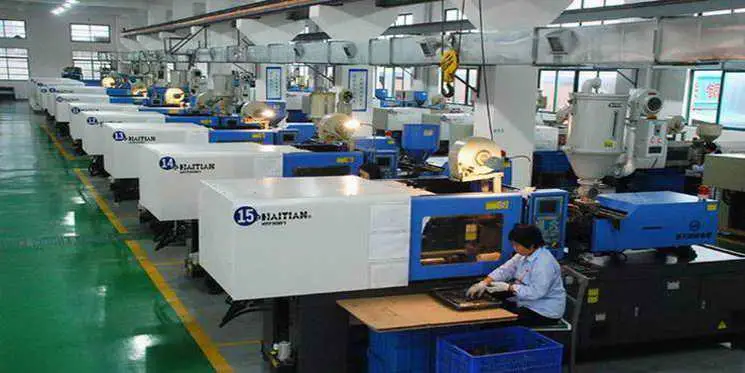What are the different types of plastics and what are their characteristics?
Plastics produced by plastic manufacturers come in various types with different characteristics. In order to facilitate identification and use, it is necessary to classify plastics, and the following methods are commonly used:
(1) Classification based on the characteristics of the resin during heating and cooling:
Thermoplastic plastics soften when heated, becoming a flowable viscous fluid at a certain temperature and can be molded into specific shapes using molds and pressure. They can retain the molded shape after cooling. Upon reheating, they can soften, melt, and be reshaped. These plastics undergo only physical changes during the heating, cooling, and molding process without any chemical changes. Common thermoplastic varieties include PEPVC, PA, PS, PMMA, ABS, PC, PP, etc.
Thermosetting plastics soften upon initial heating, then solidify and become rigid upon cooling. They do not soften upon reheating and may decompose at a certain temperature due to chemical changes during the molding process. They become rigid and non-pliable, with a generally hard and brittle texture. Common thermosetting plastics include PF, UF, MF, EP, UP, etc.
(2) Classification based on the purpose of the plastic:
General plastics are widely used and constitute about 3/4 of the total plastic production. They are low in price and extensively used for making everyday items with low stress requirements such as TV casings, telephone casings, plastic basins, plastic buckets, etc. These plastics play a crucial role in the plastic industry. Common general plastics include PE, PVC, PS, PP, PF, UF, MF, etc.
Engineering plastics, on the other hand, have high mechanical strength and rigidity, making them suitable for structural materials in certain engineering and equipment applications where the mechanical and thermal resistance properties of general plastics are insufficient. They can replace some steel or non-ferrous metal materials, allowing for the production of complex mechanical parts or structural components with improved performance compared to traditional materials. Common engineering plastics include PA, ABS, PSF, PTFE, POM, PC, etc.
Specialty plastics possess unique functions and can be used in specific applications such as magnetic plastics, ion-conducting plastics, pearlescent plastics, photosensitive plastics, medical plastics, etc.

